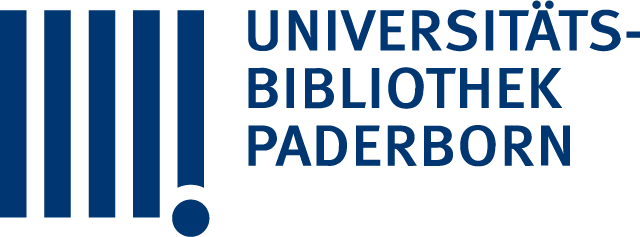Das Ziel der vorliegenden Arbeit ist es, die Einflussfaktoren auf die Wahrnehmung von Blicktäuschungen im Basketball zu untersuchen. In einer Reihe von Experimenten wurde der Präsentationkontext (Experiment 1), der Sehwinkel (Experiment 2), die Antwortkomplexität (Experiment 3), das Stimulusmaterial (Experiment 4)und die Häufigkeitsverteilungen (Experiment 5 und 6) manipuliert. Außerdem wurde das Blickverhalten bei der Verarbeitung einer Blicktäuschung analysiert (Experiment 7 und 8). In diesen Experimenten wurde den Versuchspersonen(Vpn)ein Basketballspieler, der einen Druckpass mit oder ohne Blicktäuschung ausführt, präsentiert. Die Vpn sollten schnellstmöglich auf die Passrichtung reagieren und so gut wie möglich die Blickrichtung ignorieren. Die in allen Experimenten konsistenten Ergebnisse zeigen, dass Reaktionen auf eine Blicktäuschung langsamer sind als auf einen Direktpass. Es scheint, dass die Blickrichtung automatisch mitverarbeitet wird und die Reaktionen auf die Passrichtung erschwert. Der Präsentationskontext, der Sehwinkel und die Steigerung der Antwortkomplexität konnten den Täuschungseffekt (TE) nicht beeinflussen. Jedoch beeinflusst das Stimulusmaterial und die Häufigkeitsverteilung den Täuschungseffekt. Der Täuschungseffekt ist bedeutend größer, wenn Videosequenzen anstelle von Fotografien als Bildmaterial verwendet werden. Außerdem nimmt der Täuschungseffekt ab, wenn eine Blicktäuschung sehr häufig (z. B. 90%) gezeigt wird und nimmt zu, wenn sie selten (z. B. 10%) präsentiert wird. Bezüglich des Blickverhaltens wurde bei statischen Bildern keine Beeinflussung der Aufmerksamkeitsverlagerung festgestellt. Bei dynamischen Reizen wurde eine Verlagerung der Aufmerksamkeit in die Richtung der Blickrichtung beobachtet.
Titelaufnahme
- TitelTäuschungshandlungen im Sport: Einflussfaktoren auf die Wahrnehmung von Blicktäuschungen im Basketball / von Mustafa Alhaj Ahmad Alaboud ; 1. Gutachter: Prof. Dr. Matthias Weigelt, 2. Gutachter: Prof. Dr. Daniel Memmert
- Autor
- Beteiligte
- Erschienen
- Umfang1 Online-Ressource (XVI, 261 Seiten) : Illustrationen, Diagramme
- HochschulschriftUniversität Paderborn, Dissertation, 2018
- AnmerkungTag der Verteidigung: 28.06.2018
- Verteidigung2018-06-28
- SpracheDeutsch
- DokumenttypDissertation
- URN
- DOI
- Social MediaShare
- Nachweis
- IIIF
The aim of the present thesis is to investigate influencing factors on the perception of head fakes in Basketball. In a series of experiments, the context of stimulus presentation (Experiment 1), the visual angle (Experiment 2), the complexity of the response (Experiment 3), the stimulus material (Experiment 4), and the frequency of head fakes (Experiment 5 and 6) were manipulated. Moreover, the gaze behavior during the perceptual processing of head fakes (Experiment 7 and 8) was evaluated. In these experiments, participants watched a basketball player who either directly passed the ball to the left/right side or who passed the ball whilst gazing into the opposite direction. Participants task was to react as fast and as accurately as possible to the pass direction and to ignore the gaze direction. The results were consistent in all experiments and showed that reactions to head fakes were slower than to direct passes. It thus seems that the gaze direction (irrelevant information) is automatically processed and slows down reactions to the pass direction (relevant information). The context of stimulus presentation (Experiment 1), the visual angle (Experiment 2), and the increase of the complexity of the response (Experiment 3) did not influence the head-fake effect. However, the stimulus material (Experiment 4) and the frequency of head fakes (Experiment 5 and 6) impact the head fake-effect. The head-fake effect is significantly larger when video sequences were used as stimulus material instead of photographic pictures. Also, the head-fake effect decreases for a high frequency of head fakes (i.e., 90%) and increases for a low frequency of head fakes (i.e., 10%). Regarding gaze behavior, photographic pictures (Experiment 7) were not sufficient to induce overt shifts of attention. Video sequences (Experiment 8), in contrast, induced a shift of attention into the direction of gaze
- Das PDF-Dokument wurde 132 mal heruntergeladen.


